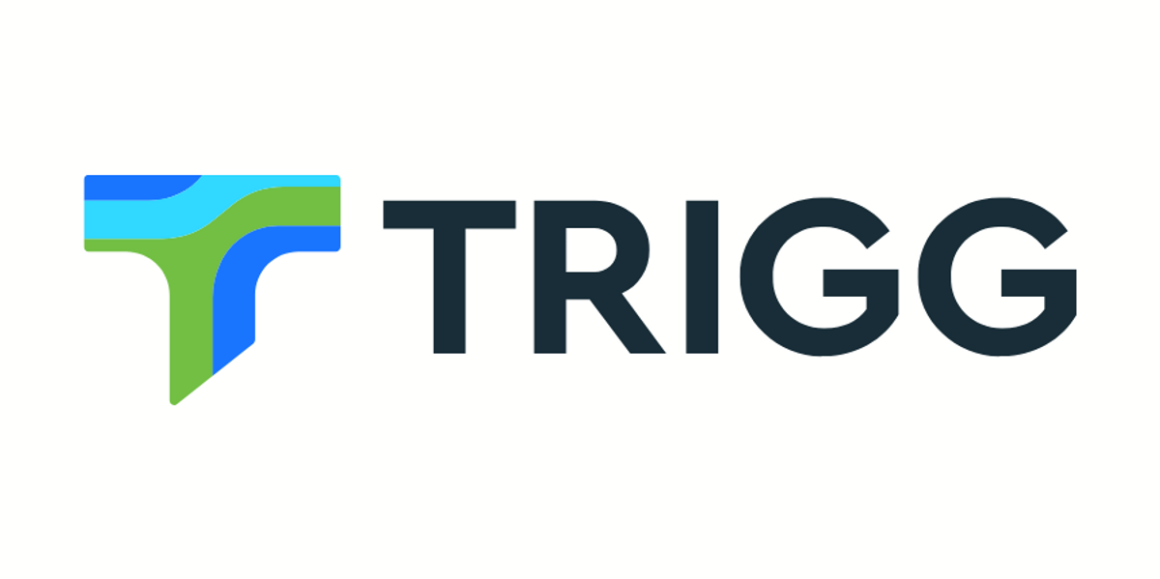HIGHLIGHTS
The Achilles Project hosts the globally significant high grade and high tonnage Wild Cattle Creek antimony deposit, with a JORC 2012-compliant Mineral Resource Estimate (MRE) of 610,000 tonnes at 2.56% Sb, containing 15,600 tonnes of antimony (Indicated and Inferred categories). In addition to antimony, the deposit is enriched with tungsten and gold.
Discovered in the 1890s, the project has historically produced antimony ore during several periods of operation since then, with grades up to 46% Sb reported. Anchor Resources completed the most recent work on the project from 2005 to 2016 when it completed 23 drill holes, two resource estimation studies, orientation soil geochemistry, water and noise monitoring surveys, and sponsored university research into the genesis of the Wild Cattle Creek deposit.
Trigg Minerals Executive Chair Timothy Morrison said, “Acquiring the Achilles Project, including the Wild Cattle Creek antimony deposit, is a significant bolstering of our existing portfolio and provides Trigg Minerals with an advanced project with a JORC resource and plenty of exploration upside in and around the resource. Adding to our recent acquisitions of the Taylors Arms and Spartan antimony projects, we expect Achilles to be our flagship, given its advanced state. This acquisition positions Trigg as a globally significant player in the rush to secure Antinomy supply”
PROJECT OVERVIEW
The Achilles exploration licence (EL 6388) is 40km west of Coffs Harbour, northeast New South Wales and ~11km north of Dorrigo. The Project contains the Wild Cattle Creek antimony deposit, Australia’s second-largest antimony deposit after Hillgrove2 in New South Wales, with the potential for further significant expansion through ongoing exploration.
Geology
The Wild Cattle Creek deposit is in the Coffs Harbour Block of the New England Orogen, within a Late Carboniferous turbidite sequence dominated by siltstone (the Brooklana Beds). These sediments have undergone multiple deformations, regional metamorphism (up to biotite grade), and granitoid intrusions. The block is interpreted as an accretionary prism with subduction-related metamorphism dated at 318 ± 8 Ma. Mineralisation at Wild Cattle Creek is like the nearby Hillgrove antimony-gold deposit, located 80 km to the west-southwest and currently held by Larvotto Resources (ASX: LRV). Wild Cattle Creek is one of approximately 235 antimony occurrences in the New England region of New South Wales.


Leave a Reply